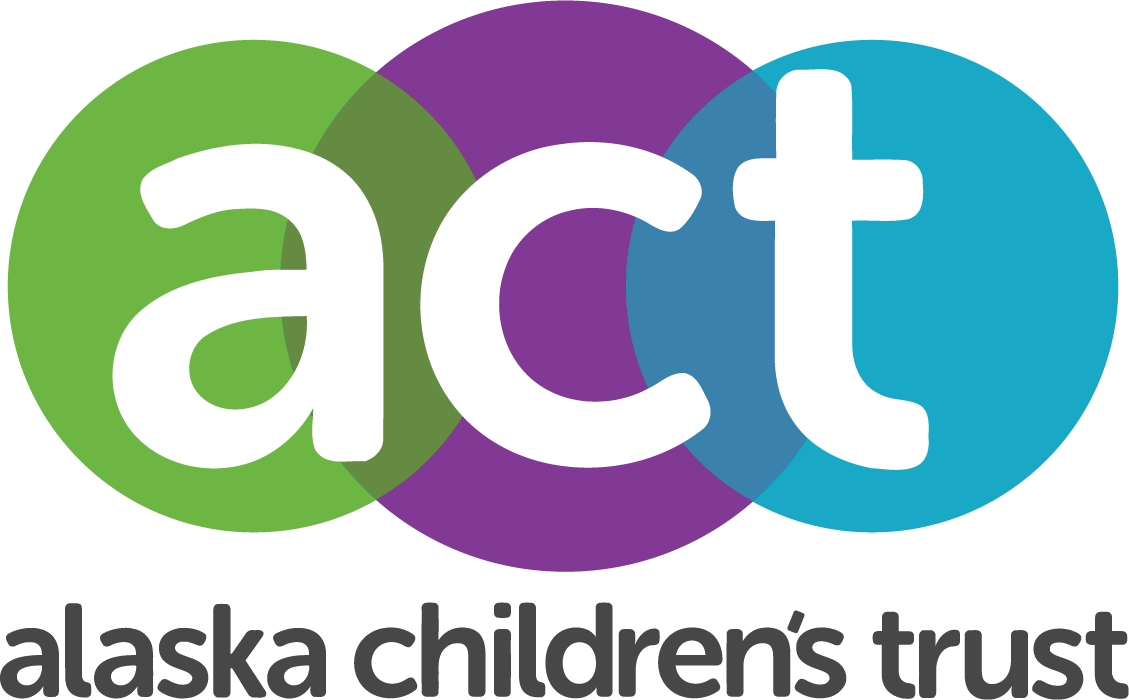Painting the stories of trauma and resilience
Steve Gordon found himself in the midst of the conversation about childhood trauma and resilience “quite by accident.” One year ago, the renowned artist and University of Alaska Anchorage (UAA) art instructor tasked his students with a mural-painting project that explored issues of contemporary interest. The topic: the headline-topping opioid epidemic. But instead of having his students just read articles on the issue, Steve invited several “recovery advocates” to come to his class and share their life stories.
“You can talk about the epidemic generically but when you hear a personal story, you have more compassion for the struggle and the heroic effort it takes to get into recovery,” Steve shares. “Many of these people had childhood trauma and that made their addiction more understandable. It got me interested in the correlation between ACEs (adverse childhood experiences) and addiction.”
For the next series of murals, Steve decided to have his class focus on ACEs, and the Resilience After Trauma: An ACEs Mural Project was born. Adverse childhood experiences are when children are exposed to toxic stress like child abuse, domestic violence, an incarcerated parent or intergenerational trauma. These types of experiences can impair the development of a child’s brain and body so profoundly that the negative effects increase their risk of experiencing many of the physical, social and behavioral ills our communities face today, like substance abuse, homelessness or mental illness. However, there is hope – by learning healthy coping techniques and establishing supportive relationships, children and adults can develop resilience, which minimizes the impact of ACEs on their lives.
“Here we saw what can happen if a child undergoes trauma and doesn’t get any help or learn any resilience strategies,” Steve explains. “If children don’t get resources on the front end, you could be paying to put them in prison on the other end. It’s tragic.”
For the ACEs mural project, Steve invited another group of recovery advocates to speak to the students, who asked questions, took notes and photographed the speakers. “To hear what happened to them as kids, and how they are fiercely working to help others now, it was inspiring. It was impactful for me and everyone involved,” Steve says.
Then came the hard part – figuring out how to visually convey the stories of trauma and resilience in a 6-foot by 10-foot mural. Students worked together in teams to create three murals, and Steve invited four professional local artists to create pieces as well. Two local organizations – Alaska Children’s Trust and Alaska Native Medical Center Auxiliary – provided grants that helped with the cost of supplies.
“We were pleased to be able to support Steve and his students in this unique and collaborative effort to raise awareness of adverse childhood experiences and the power of resilience,” says Trevor Storrs, president/CEO of Alaska Children’s Trust. “That’s exactly what our community investment grants were created for. By working together, we can create real change and turn the tides on child abuse and neglect in Alaska.”
Once the murals were completed, the class invited the speakers back for an unveiling of their work. Each group shared how they visually depicted the life-impacting moments – both negative and positive – into the mural.
The students also wrote artists’ statements explaining how the process impacted them personally and how they incorporated the stories into the paintings. “Working on this mural together, holding these images and words from Tarah’s life has had a profound effect on all of us and we are grateful to her for what she shared with us,” wrote the team of students who painted Tarah’s story. “She is the inspiration behind every layer of paint.”
Each mural is accompanied with the artists’ statements, along with information about ACEs and resilience, making it possible for viewers to understand the project without any introduction. “Most of the general population hasn’t heard about ACEs. I hope the murals with information on ACEs and resilience help people to be more aware,” Steve says. “ACEs are real and they have a lasting, lifelong impact on the development of kids’ brains. But you can proactively give children the tools to deal with stress and become resilient. The people in these murals are evidence of that. They provide hope to others.”
The murals will make their public debut February 7 at the Church of Love in Anchorage during a reception hosted by Alaska Children’s Trust and UAA with support from Alaska Native Medical Center Auxiliary and REAL About Addiction.
The February 7 reception is just the first stop for the freestanding artwork, which are designed to be highly transportable and easily displayed in public areas, including outdoors. From February 8 – March 8, the murals will be on display at the Anchorage Downtown Bus Depot. On March 8 – 9, they move to the Dena’ina Center for the Bean’s Café Empty Bowl Project. During the rest of March, the murals will tour the University of Alaska Anchorage campus. Throughout April, they can be seen at the Loussac Public Library, and in May, they will be featured at the Mat-Su Health Foundation. All displays are free and open to the public.
Steve continues to seek opportunities to share the murals – and the messages they contain. “It’s exciting that art is helping to make a difference,” he says. “Art inspires change by shining a spotlight on the issue of ACEs and offering hope.”


